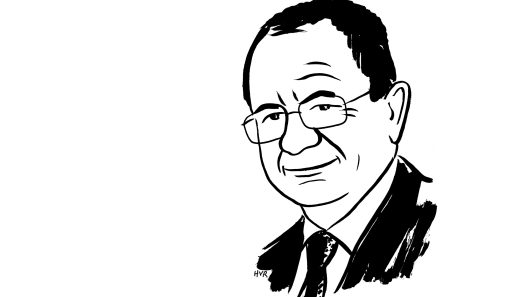Donald Trump administration is seriously focused on overthrowing Venezuelan President Nicolás Maduro. Several options for a military invasion have already been developed, and a large group of ships has even been assembled in the Caribbean Sea. This issue has become part of the US domestic agenda and an element of a broader strategy to restore American dominance in the Western Hemisphere.
During Trump’s first term, Special Envoy Richard Grenell had already dealt with Nicolas Maduro. At that time, Grenell tried to negotiate a ‘controlled departure’ for the Venezuelan president, but without success. Returning to the White House in January 2025, Trump tried to start from scratch. This time, the mission seemed more pragmatic: to secure access for American companies to Venezuelan oil resources, to establish joint efforts to combat drug trafficking, and to achieve the deportation of illegal migrants from Venezuela to their homeland. However, the negotiations quickly reached an impasse. Marco Rubio, the new Secretary of State and also the President’s National Security Advisor, convinced Trump that Maduro only understood pressure and that any concessions would only strengthen the anti-American regime controlled by China and Russia.
Rubio has turned the Venezuelan issue into a domestic American issue. He has linked Maduro to the migration crisis and drug trafficking. On his initiative, several Latin American organised crime groups, including Venezuela’s Tren de Aragua, have been designated as ‘foreign terrorist organisations’. Intelligence did not find any direct links between the gang and Maduro, but criticism within the agencies led to the dismissal of National Intelligence Council Director Michael Collins and his deputy Maria Langan-Rickhoff.
In early September, Washington resorted to force. In the Caribbean Sea and the Pacific Ocean, American drones and aircraft carried out a series of strikes on small vessels that Washington called ‘drug cartel ships.’ At least 65 people were killed. No details or evidence were provided, as officials referred to ‘intelligence’ without disclosing it. Soon after, Trump ordered Grenell to cease all direct contact with Maduro. The CIA was authorised to conduct covert operations in Venezuela, including lethal operations. And in the Caribbean Sea, the largest American naval group since the 1962 Caribbean crisis began to gather: the aircraft carrier Gerald Ford, escort ships, submarines, dozens of aircraft and drones, as well as up to ten thousand military personnel.
For Washington, Venezuela is an ally of China and Russia in a region rich in oil, rare earth metals and strategic resources. Unlike Cuba, Venezuela has energy and infrastructure. Control over Caracas means control over the Caribbean’s energy hub and the opportunity to oust Beijing and Moscow from America’s ‘backyard.’
According to sources in Washington, Trump is in no hurry to launch an invasion. He hopes that a show of force will force Maduro to agree to step down in exchange for security guarantees and the opportunity to go into exile. But if Caracas does not make concessions, a military operation is a realistic scenario.
According to CNN, the UK has not shared intelligence with the US for over a month on ships suspected of transporting drugs in the Caribbean, as it does not want to be involved in American strikes.



